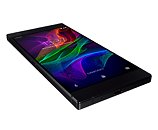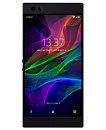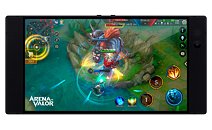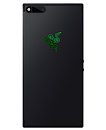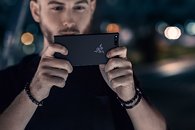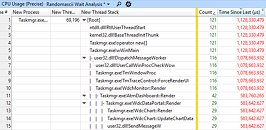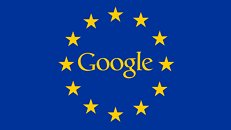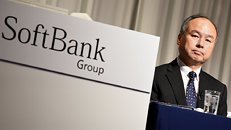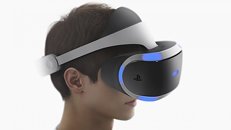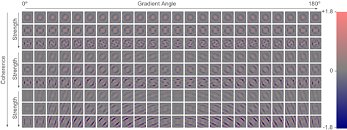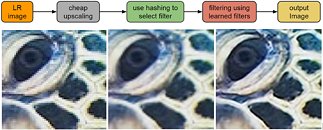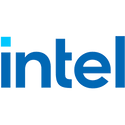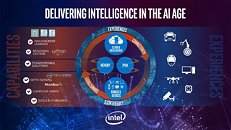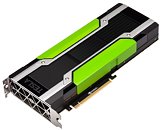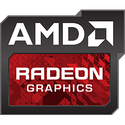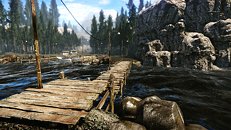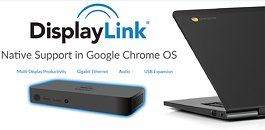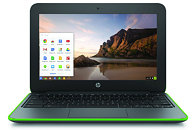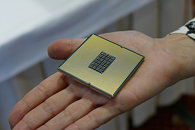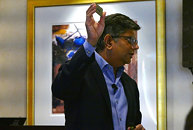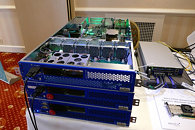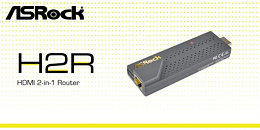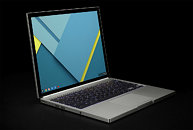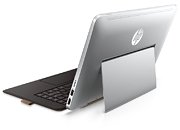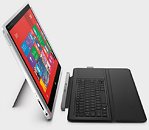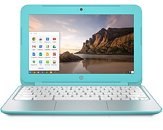
Razer Phone Unveiled, First Smartphone with 120 Hz Display
Razer today unveiled the Razer Phone, an Android smartphone with groundbreaking audiovisual technologies and processing muscle that takes personal entertainment to the next level. The first device from Razer's mobile division, the Razer Phone comes with a phenomenal display, cinematic audio and enough power to last a user all day, all in the palm of his or her hand.
The Razer Phone is equipped with the world's first 120 Hz UltraMotion display that delivers the fastest refresh rates and smoothest graphics among today's smartphones. UltraMotion's adaptive refresh technology synchronizes the GPU and display to remove image tearing or lag while driving efficient power usage. The 5.72-inch display - a Quad HD IGZO LCD - delivers vibrant and sharp images with a wide color gamut.
The Razer Phone is equipped with the world's first 120 Hz UltraMotion display that delivers the fastest refresh rates and smoothest graphics among today's smartphones. UltraMotion's adaptive refresh technology synchronizes the GPU and display to remove image tearing or lag while driving efficient power usage. The 5.72-inch display - a Quad HD IGZO LCD - delivers vibrant and sharp images with a wide color gamut.
